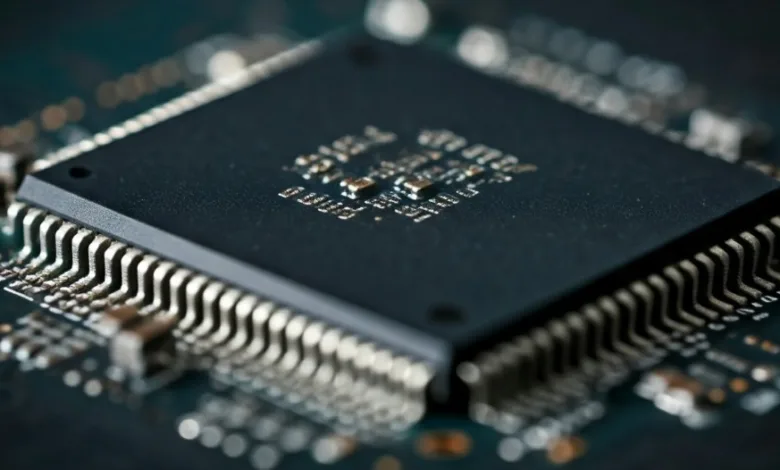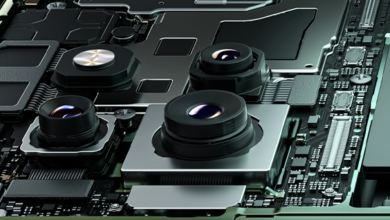A new report details three generations of Apple modems, with the iPhone SE marking its debut.

Apple’s first in-house developed modem will make its debut in the iPhone SE that will launch next year, and will then be seen in some low-end iPads also in 2025. The modem, codenamed Sinope, has been more than five years in the making, according to “people familiar with the matter”, a new report from Bloomberg’s Mark Gurman tells us today.
The next iPhone SE will have support for Apple Intelligence and an “edge-to-edge screen design”. Its Apple-developed modem “isn’t as advanced” as the latest modems from Qualcomm, which Apple is currently using.

The Apple modem doesn’t support mmWave 5G, only Sub-6. It also only has four-carrier aggregation, whereas the latest Qualcomm modems support six or more. In lab tests, Apple’s modem goes up to “about 4Gbps”, which is less than even Qualcomm’s non-mmWave modems can do. Real world speeds will obviously not come anywhere close to that.
While it won’t be as good as a modem as Qualcomm’s latest and greatest, the obvious upside for Apple is that it doesn’t have to pay Qualcomm for this one. The Apple modem is also said to be “tightly integrated with Apple-designed main processors to use less power, scan for cellular service more efficiently and better support on-device features for connecting to satellite networks”.

It will also have support for Dual Sim Dual Standby, and its SAR limits will be managed intelligently by the main chip. The Apple modem is made by TSMC. Apple’s modem will work with an Apple-designed radio frequency front-end system called Carpo that helps devices connect to mobile networks.
In 2026, Apple wants to get closer to Qualcomm’s modems in capabilities with its second-generation modem. This one will make it to the iPhone 18 family, and will be in top of the line iPads in 2027. This modem will have mmWave support, six-carrier aggregation when using Sub-6, and eight-carrier aggregation on mmWave.
In 2027, the third generation will come and Apple hopes this one will finally top Qualcomm’s offerings by having built-in support for “next-generation satellite networks”, whatever that means, as well as “artificial intelligence features”, whatever that means in the context of a modem.




